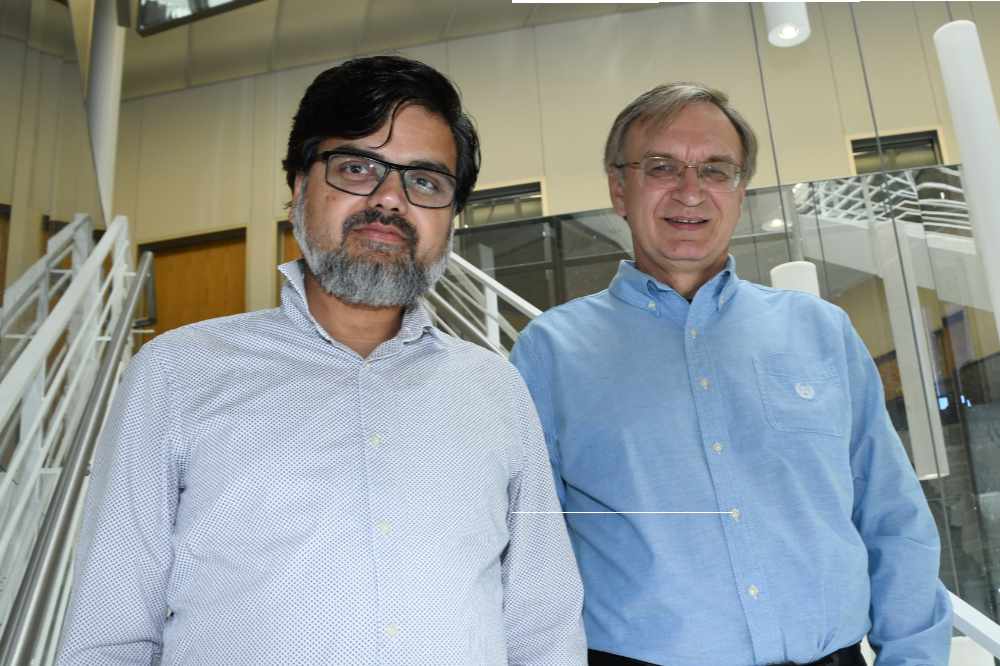
NASA grant returns DSU to space exploration involvement
Delaware State University is once again returning to outer space pursuits!
The National Aeronautical Space Agency (NASA) has awarded the University a three-year $899,000 grant to contribute its engineering and optics expertise to the future Lunar Land Rover Mission that will take place on the moon.
Dr. Mohammed Amir Khan, Professor and Director of the Engineer Physics Program, and Dr. Yuri Markushin, Associate Professor, are the Principal Investigator and Co-PI, respectively, of the DSU project.
The two researchers will design and develop infrared sensing and laser technology for installation on the Lunar Land Rover that will enable the detection and correlation of water isotopes with the characteristics of the elemental composition of lunar rocks and dust.
“We are collaborating with the Goddard Space Center on this project,” Dr. Khan said. “NASA wants to use the Moon to see how humans can live outside of the earth’s environment. The detection of water isotopes is an important factor in that question.”
Dr. Khan added that DSU science students will be engaged in the different parts of the project, including assisting in the design of the opto-mechanics and electronics of the experiments with the laser prototype.
The grant to DSU is part of $14 million that NASA is investing in U.S. colleges and universities to grow their STEM capacity to participate in critical spaceflight research and prepare a new generation of diverse students for careers in the nation’s science, technology, engineering, and math workforce.
It is not DSU’s first ride in the space rodeo.
For several years, Dr. Noureddine Melikechi, a former Professor of Physics, and Alissa Mezzacappa, then a second-year optics Ph.D. student (now Dr., Class of 2015) played a critical role in the development of the ChemCam technology used on NASA’s Curiosity Rover landed on Mars in 2012 and explored that planet surface.

